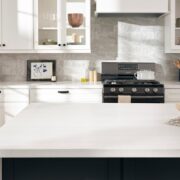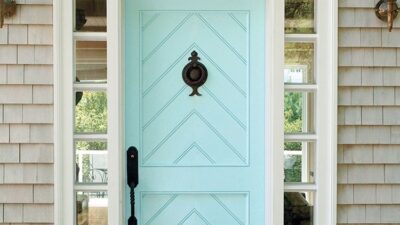Linoleum flooring, once a staple in homes of the early and mid-20th century, is experiencing a resurgence in popularity among modern interior designers and homeowners. This comeback is driven not only by linoleum’s eco-friendly attributes but also by its versatility and the sophisticated aesthetic it can bring to any space. Here’s why linoleum flooring is returning as a favoured choice in contemporary home design.
Eco-Friendly and Sustainable
One of the primary reasons for the renewed interest in linoleum is its environmental impact—or lack thereof. Linoleum is made from natural materials, including linseed oil, cork dust, tree resins, and wood flour, making it biodegradable and compostable at the end of its life cycle. Unlike some synthetic alternatives that rely on petroleum and emit volatile organic compounds (VOCs), linoleum is predominantly zero-VOC and does not off-gas, contributing to better indoor air quality.
Durability and Ease of Maintenance
Linoleum is renowned for its durability and longevity, often lasting up to 40 years if properly maintained. This resilience makes it an excellent investment for high-traffic areas in the home such as kitchens, hallways, and living rooms. Additionally, its maintenance requirements are minimal. Regular sweeping and occasional mopping with mild detergent are sufficient to keep linoleum floors looking their best, making it a practical choice for busy households.
Versatility in Design
Today’s linoleum comes in a vast array of colours, patterns, and styles. This versatility allows designers and homeowners to integrate linoleum seamlessly into various decor styles, from vintage and retro to modern and minimalist. Additionally, linoleum can be cut and assembled into unique patterns and designs, offering customisation options that are not possible with many other flooring types.
Budget-Friendly Flooring Solution
Despite its many benefits, linoleum remains an economically sensible option. It is generally more affordable than premium hardwood or high-end tiles, making it accessible for budget-conscious renovators looking to get the most bang for their buck without compromising on style and sustainability.
Optimal for Health and Comfort
Linoleum’s natural composition contributes not only to its environmental credentials but also to its health benefits. It is anti-static, repelling dust and dirt, which is particularly beneficial for those with allergies. Furthermore, it possesses slight cushioning properties that make it more comfortable to walk on compared to harder surfaces like tile or stone.
Conclusion
The resurgence of linoleum flooring in modern interior design is a testament to its adaptability and enduring appeal. Homeowners and designers alike are rediscovering this sustainable, durable, and versatile flooring option. Whether you’re renovating a quaint country house or designing a sleek urban apartment, linoleum offers a blend of practicality, aesthetic versatility, and environmental responsibility that few other flooring options can match. Its comeback in the flooring industry is a clear indication that what was old is new again, proving that good design truly is timeless.










Comments